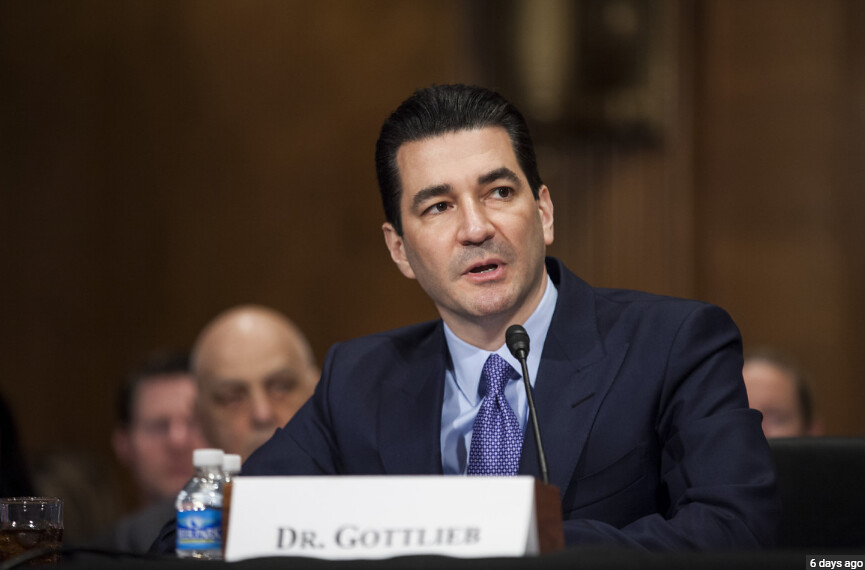Photo by Aarón Blanco Tejedor on Unsplash
Have you ever been paralyzed by fear? How about experiencing anxiety (or fear) when tasked with a job at work to complete within a deadline? The latter question is probably the most relatable since it is the first question expressed in the context of work. Still, the point is has fear ever prevented you from finding a solution to a problem? I will share with you a situation that just happened which fits into the question at hand.
Instruments Break at the worst time possible
As I have mentioned before, I work at a university as an instrument manager in the Department of Chemistry. Which entails fixing instruments that are commonly found in forensic laboratories, pharmaceutical companies, and yes — on popular T.V. shows like “CSI: Crime Scene Investigation.”
The other day (last Thursday) I was called out to a laboratory class at the end of the day. An instrument was experiencing an issue. Usually, there is an easy solution to the problem I encountered. By this I mean, out of 100 times being called out for the specific problem, 95 times out of 100, the problem is usually solved by replacing a part which takes about 5 minutes to replace.
Next, is that the power to the instrument needs to be recycled. Which means to power the instrument down and restart the device. You would be surprised at the number of times that “recycling power” on the instrument is a solution to a problem. Unfortunately, the current problem demanded more of my attention. At the time, I thought, “Oh my goodness, this is going to be a problem that takes time to fix.”
At first, I thought, maybe if I shut down the instrument and restart the device in the morning, magically, the instrument will operate as usual, which is what I did leaving Thursday night. I returned on Friday morning and found that the instrument was still having the same problem. Damn — what now?
I should back up slightly and say that the laboratory class meets on every Tuesday and Thursday. There are less than 4 weeks left in the academic semester. And I need to find a solution fast to prevent students from not being able to finish their semester laboratory experiments. That means the professor teaching the laboratory will be ‘riding my rear end to fix the instrument every day’. Did I mention that one of the professors’ is my wife? The clock is ticking.
Anyways, Friday was a busy day. I assumed that I would have a chance to call the instrument company and ask for ‘technical support’ over the phone at some point during the day. Not a chance. Meanwhile, my stress is building up — knowing that next Tuesday (today) is coming around quickly with no solution in sight. At the same time, I was glad because I was super fearful that the problem would be too difficult for me to fix. Therefore, I enjoyed a great weekend and did not (at least try not to) think of the problem yet to be faced with a deadline — Tuesday.
Monday rolls around and I have to help another student with an experiment on a different instrument — which requires my constant monitoring. My colleague offers to look at the instrument while I am running an analysis. To no avail, she cannot find the solution either. Now I am stressing — since the next day is today — Tuesday and the class needs a working instrument.
I finally call the company at 3 pm on Monday. Why so late? Because of fear of failure. I talked to technical support which informed me that I would have to dig deeper into the instrument and clean internal parts. Otherwise, the next option was to spend $8000 to get the problem looked at. By now, the stress has reached a new height. Anxiety is building. What am I going to do?
Tuesday (today) comes around, and I decide to repeat the following statement to myself before going to work: “I am going to go in there and take apart the instrument. If I fail, at least I can say that I tried.”
I asked my wife: “Why didn’t you tell me the instrument was broken?”
She responded: “I knew that you were aware of the state of the instrument. And that you already put an unnecessarily large amount of stress on yourself. The last that you need is for me to stress you out further.”
What a wonderful wife I had. I informed her that she may not get to use the instrument since I was going to take it apart in the morning. She was alright with that possible outcome.
A Solution is Found — Easily
I went into work today and gathered up the tools to take the instrument apart. First, I turned the device off. Since the area in which I was going to be working was heated to around 250 Celcius. After letting the instrument cool down, I went to dig in. As I turned the first wrench, I found that a nut was loose. WOW. At first, I could not believe the information which my hand was sending me. I tried to loosen the nut again and found no resistance. Then, I tightened the nut and smiled at my colleague — hoping that the solution was that simple. Indeed it was. Simply by tightening a nut on a screw, the problem was fixed.
After stressing out over the last few days about the instrument being broken, I realized that taking action could have relieved my stress much sooner. But no. I was scared that I might not be able to fix the instrument. Therefore, I decided that putting off the inevitable was more manageable than tackling the problem to find a solution. How crazy is that?
Anxiety is real. Fear is real. The thought of solving a problem and failing is real too. Although, if no action is taken, then no solution is going to be found ever. Furthermore, part of life is failing. Failing sometimes promotes humbleness and shows us how to solve problems in a faster manner. If I fail, then calling the instrument company can sometimes shorten the ‘down-time’ of the instrument by discussing the problem with a technical engineer. By ‘down-time’ — I mean the time that an instrument lays broken and unable to be used by a student or faculty member.
By deciding to take action, the problem was solved much more quickly than I had imagined. The students were able to use the instrument during their normal laboratory meeting. My wife — one of the professors — was happy. Life is good, right? Yes and no. I learned a lesson that I continuously have to keep learning. Don’t let fear or anxiety prevent me from solving a problem.
When a problem is encountered in our lives, each of us should take action. Sitting around worrying only causes negative feelings/moods and is destructive toward our physiological health. Working toward a solution produces much less anxiety compared to sitting around and worrying about not taking action. Take action — don’t sit around worrying.
Related Blog Posts:
Science Topics, Thoughts, and Parameters Regarding Science, Politics, And The Environment!
Dimensional Analysis Of Statistics And Large Numbers - Index Of Blog Posts
















